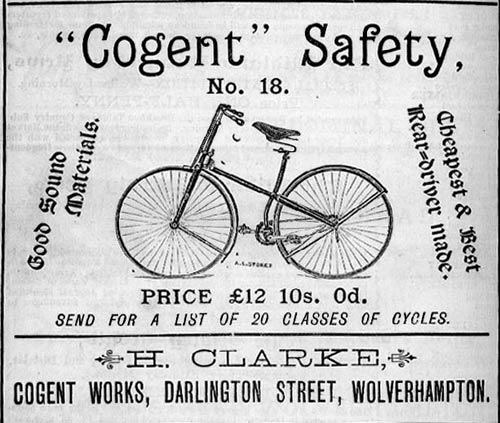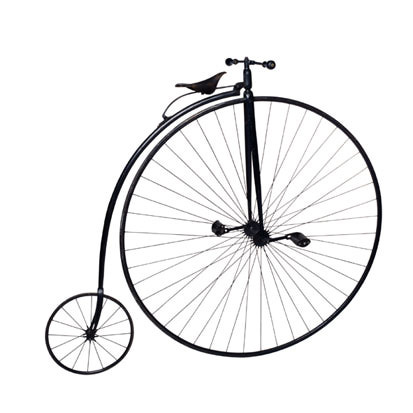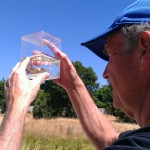Exploring the History of Bicycles
…and Exploring the Watershed by Bicycle
There is no doubting that the bicycle has had a huge impact on our world in many ways. Recently the Laguna Creek Watershed Council hosted the 2nd Cruise the Creek! Check out some of our pictures of this great event.
Don’t forget to download your very own Elk Grove trails map here!
The development of the safety bicycle was arguably the most important change in the history of the bicycle. It shifted their use and public perception from being a dangerous toy for sporting young men to being an everyday transport tool for men—and, crucially, women—of all ages.


The chain drive improved comfort and speed, as the drive was transferred to the non-steering rear wheel and allowed for smooth, relaxed and injury free pedaling.
With four key aspects (steering, safety, comfort and speed) improved over the penny farthing, bicycles became very popular among elites and the middle classes in Europe and North America in the middle and late 1890s. It was the first bicycle that was suitable for women, and as such the “freedom machine” (as American feminist Susan B. Anthony called it) was taken up by women in large numbers.
Bicycle historians often call this period the “golden age” or “bicycle craze.” By the start of the 20th Century, cycling had become an important means of transportation, and in the United States an increasingly popular form of recreation. Bicycling clubs for men and women spread across the U.S. and across European countries.
The impact of the bicycle on female emancipation should not be underestimated. The safety bicycle gave women unprecedented mobility, contributing to their larger participation in the lives of Western nations. As bicycles became safer and cheaper, more women had access to the personal freedom they embodied, and so the bicycle came to symbolize the New Woman of the late nineteenth century, especially in Britain and the United States. Feminists and suffragists recognized its transformative power. Susan B. Anthony said, “Let me tell you what I think of bicycling. I think it has done more to emancipate women than anything else in the world. It gives women a feeling of freedom and self-reliance. I stand and rejoice every time I see a woman ride by on a wheel…the picture of free, untrammeled womanhood.” In 1895 Frances Willard, the tightly laced president of the Women’s Christian Temperance Union, wrote a book called How I Learned to Ride the Bicycle (described in Bicycling magazine as “the greatest book ever written on learning to ride”, in which she praised the bicycle she learned to ride late in life.
Since women could not cycle in the then-current fashions for voluminous and restrictive dress, the bicycle craze fed into a movement for so-called rational dress, which helped liberate women from corsets and ankle-length skirts and other encumbering garments,substituting the then-shocking bloomers.






